When the Japanese summer heat begins, traditional sweets known as wagashi offer a much-needed cooling treat. The most famous of these simple desserts is Mizu Manjyu, or the “water dumpling.” This confection, known for its clear, glass-like look, is more than just a dessert; made possible by specific, high-quality local resources.
This article gives you the facts on what Mizu Manjyu is, shares its unique history tied to one city in Japan, and guides you to the best places to try this fine sweet while it’s fresh.
What is Mizu Manjyu?
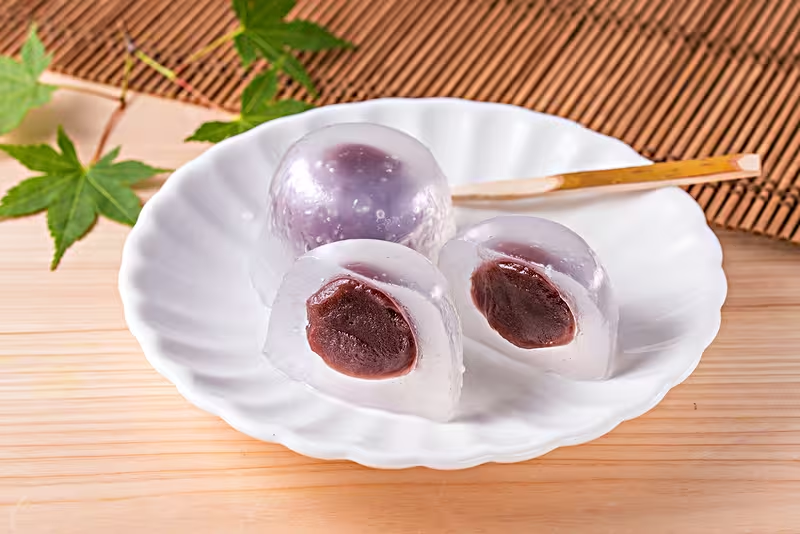
Mizu Manjyu is known for being refreshingly clear and having a smooth, plump texture. Many compare its look to a beautiful water droplet. Consequently, it is highly valued as a key food feature during the Japanese summer.
The outer layer consists of a cooked gel mix of water, sugar, and starches, mainly kuzu (arrowroot) and sometimes warabi (bracken) powders. Together, these ingredients create a delicate but strong dough.
Importantly, this special dough keeps the sweet from falling apart when placed in water, which is necessary for the traditional cooling presentation. Meanwhile, the middle traditionally comes with a sweet red bean paste filling (koshi-an). Finally, the classic method requires serving it very cold, often sunk in ice water to make it as visually and physically cool as possible.
History Rich in Knowledge
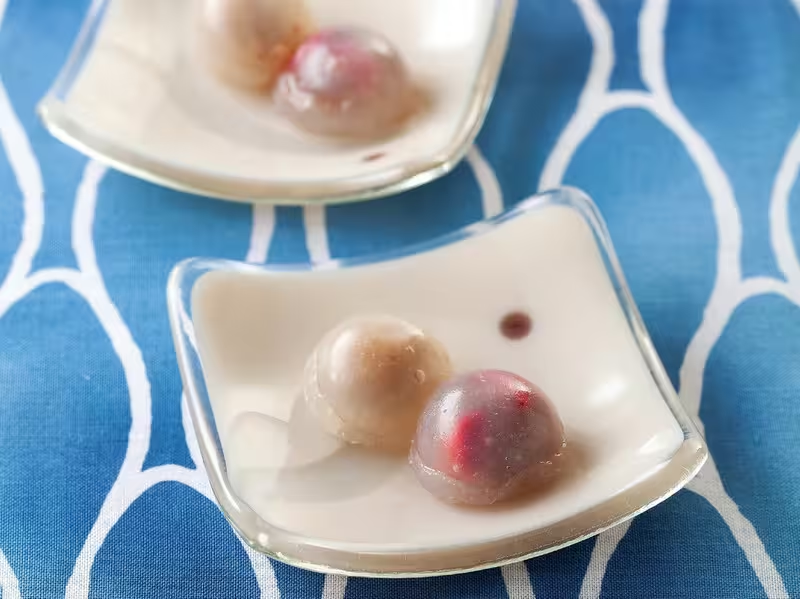
Mizu Manjyu is deeply connected to Ōgaki City, Gifu Prefecture, which earned the nickname “City of Water” because it has so much high-quality groundwater. The sweet started here around 1897, thanks to a sweet maker named Bunshichi Ueda. He changed the existing kuzu manju by creating a stronger dough that would not dissolve when put into Ōgaki’s famous clear water.
This change allowed the sweet to be traditionally cooled in special idofune water tanks, cemented its place as a local summer symbol. They protected this local identity in 1995 when the Ōgaki sweet industry successfully fought a “Mizu Manju” trademark attempt, making sure the sweet stayed recognized as an important regional food tied only to the area.
Types of Mizu Manju (Water Manju)
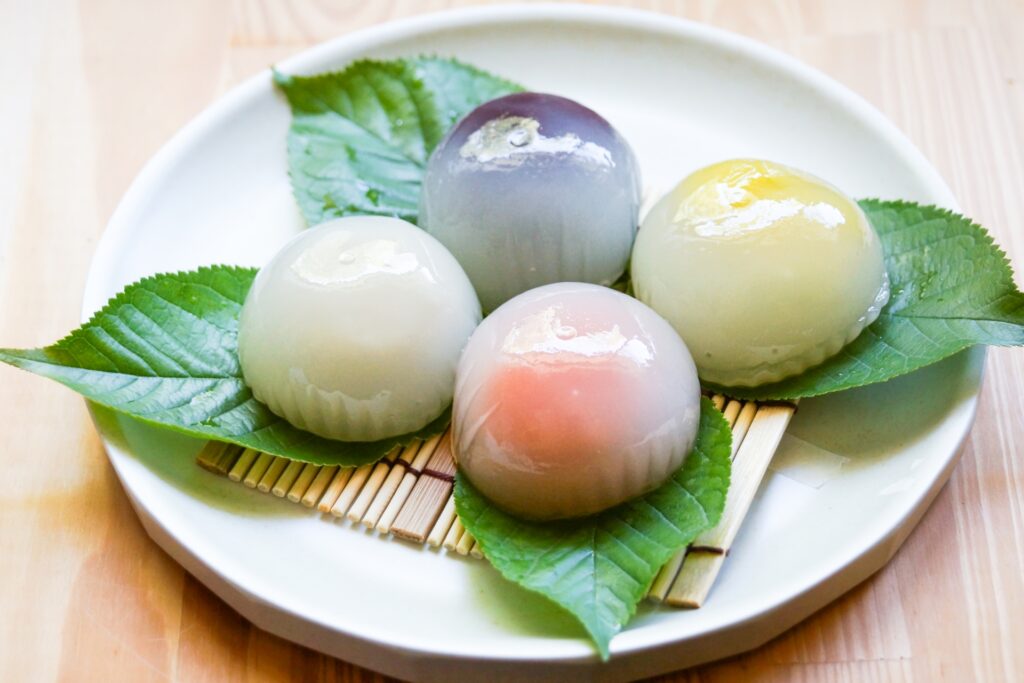
Traditional Varieties
Koshi-an Mizu Manju
The most classic version features smooth, strained red bean paste (koshi-an) as its filling. Typically, most Japanese confectionery shops offer this standard during summer months. Furthermore, the refined sweetness of the bean paste pairs perfectly with the cool, neutral-flavored outer gel.
Tsubu-an Mizu Manju
In contrast, this variation uses chunky red bean paste (tsubu-an) that retains the whole beans. As a result, it offers a more rustic texture and a slightly earthier flavor compared to the smooth koshi-an version.
Matcha Mizu Manju
Here, confectioners incorporate green tea powder either into the filling or the translucent outer layer itself. Consequently, this creates a beautiful pale green color and adds a sophisticated, slightly bitter note that balances the sweetness.
Modern and Regional Variations
Fruit-Filled Mizu Manju
Meanwhile, contemporary versions often feature seasonal fruits like strawberries, peaches, or chestnuts that show through the clear outer layer. Thus, these create stunning visual presentations and offer refreshing, lighter flavors.
Shiratama Mizu Manju
Additionally, some versions include small mochi balls (shiratama dango) alongside or instead of traditional an paste, thereby adding a chewy textural element.
Flavored Outer Layer Variations
Similarly, modern confectioners experiment with adding fruit juices, floral essences (like sakura or yuzu), or even coffee to the transparent gel layer. In doing so, they create colorful and uniquely flavored variations.
Regional Specialties
Gifu-style Mizu Manju
Notably, the Gifu Prefecture stands out as particularly famous for its mizu manju. Traditionally, makers prepare it with pure mountain spring water and serve it floating in bamboo containers filled with ice water.
Kyoto-style Mizu Manju
Finally, Kyoto versions tend to showcase more refined and delicate characteristics. Often, they feature seasonal ingredients that reflect the kaiseki tradition of the region.
Where to Find Authentic Mizu Manjyu
To try Mizu Manjyu the right way, you need to visit Ōgaki City, Gifu Prefecture. The city is full of skilled, old wagashi shops, some dating back to the 1700s. This confirms the deep history of sweet making built around the excellent water supply. Ōgaki became the natural center for developing a water-focused sweet.
Kinchōen Sōhonke (金蝶園総本家 大垣駅前本店)

This shop still use traditional cooling methods, selling the sweet directly from water tanks, which makes the clear treat look even better. When you visit, it’s smart to check the specific hours and locations, as closing times and holidays change a lot, especially for stores inside bigger shopping centers.
Summary
Mizu Manjyu is a beautiful and delicious sweet that represents the strong tie between Japanese confectionery and the specific natural environment of Gifu Prefecture. Its clear look and refreshing texture make it a necessary summer food experience. By keeping its traditional methods, Ōgaki ensures the story of this unique sweet continues.
If you enjoy this light, water-based delicacy, you might also enjoy seeking out other traditional Japanese sweets like Yokan or Warabi Mochi.
FAQ
What is Mizu Manju?
Producers make Mizu Manju from translucent, jelly-like dough filled with sweet red bean paste. People prize it for its cool, refreshing appearance and texture.
What is Mizu Manju made from?
Producers make it from kuzu starch or agar (kanten), which gives it a clear, soft, and slightly elastic texture. The filling is usually smooth red bean paste (koshian).
Why is it called “Mizu” Manju?
“Mizu” means “water” in Japanese, referring to the dessert’s cool and refreshing look, which resembles a drop of water — perfect for summer enjoyment.
When is Mizu Manju eaten?
People mainly enjoy it during summer, especially in July and August, as a chilled dessert to beat the heat.
How should Mizu Manju be served?
Serve it cold, often placing it on ice or in chilled water to maintain its refreshing texture and delicate taste.
Where can I try Mizu Manju in Japan?
You can find Mizu Manju at traditional sweets shops (wagashi-ya) across Japan, especially in Kyoto, Gifu, and Nara during summer.
Does Mizu Manju come in different flavors?
Yes, besides red bean paste, some varieties include matcha, yuzu, or fruit-based fillings for a modern twist on the traditional sweet.
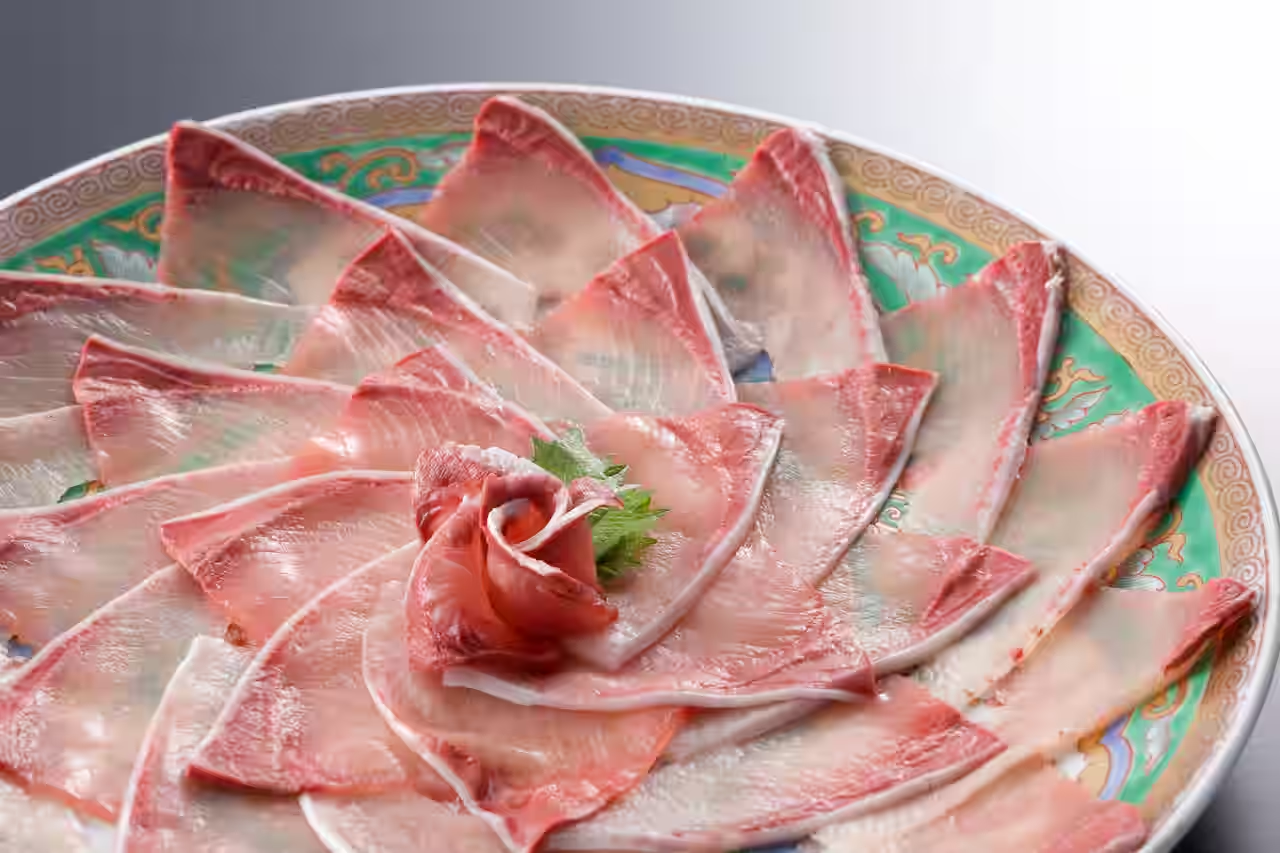



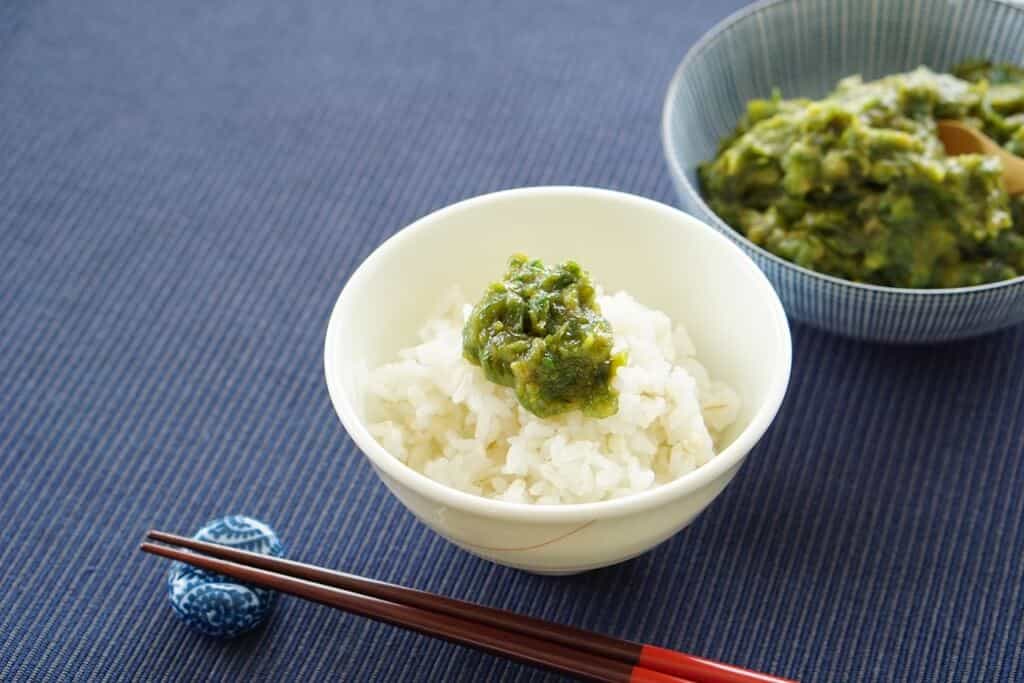


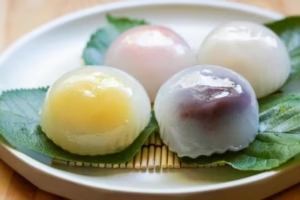

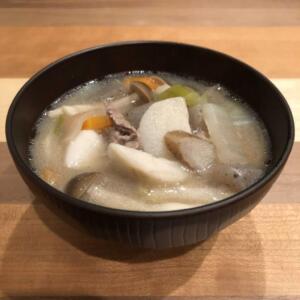
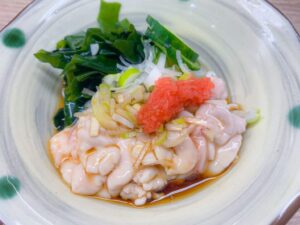
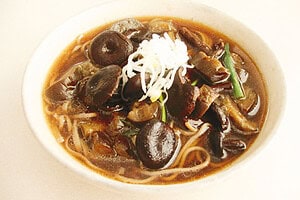




Comments